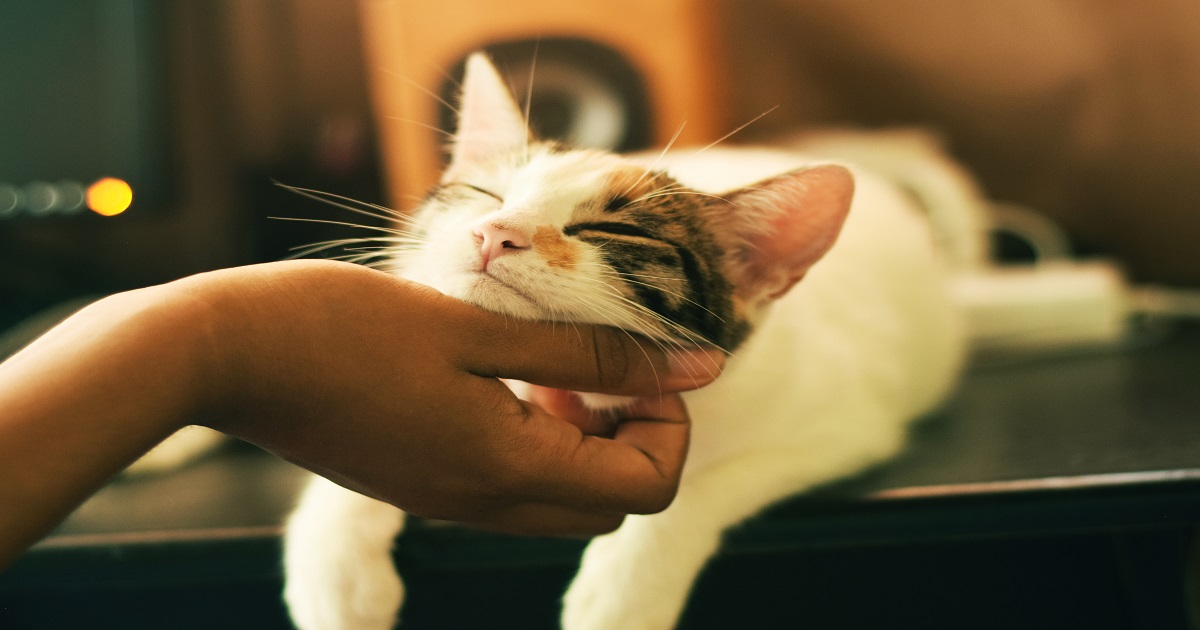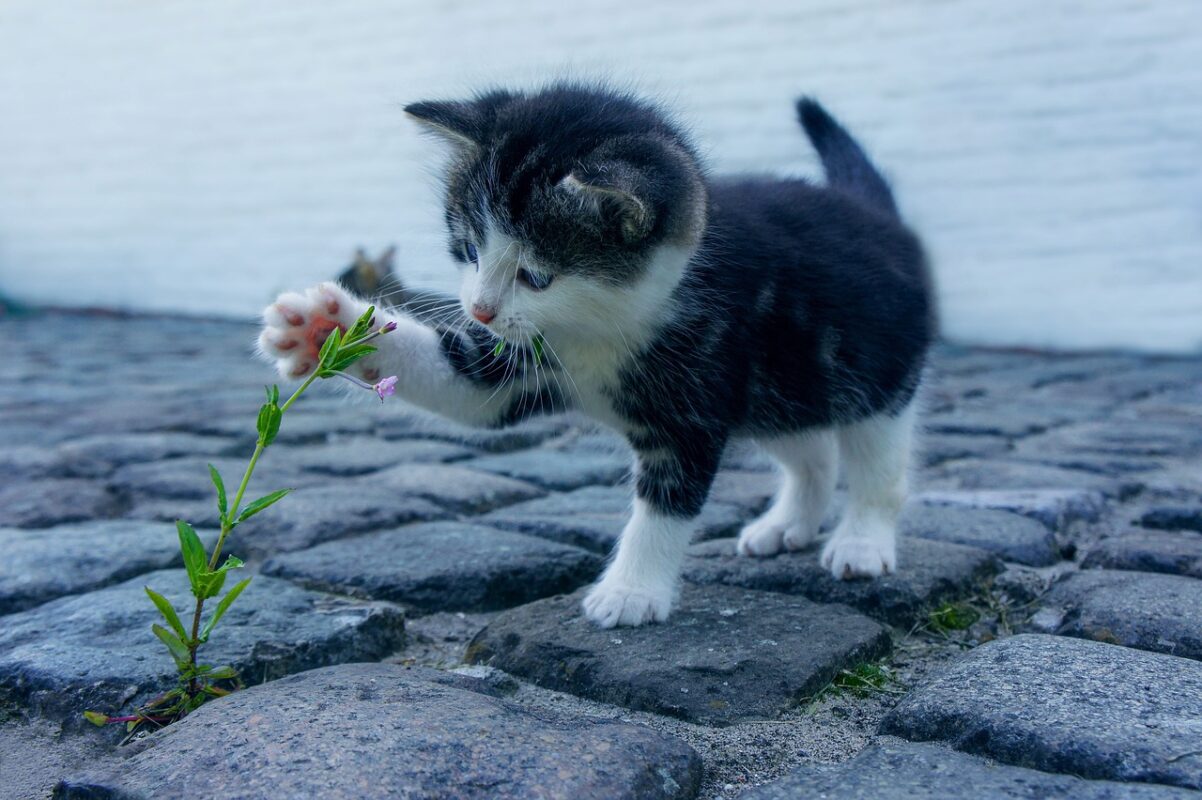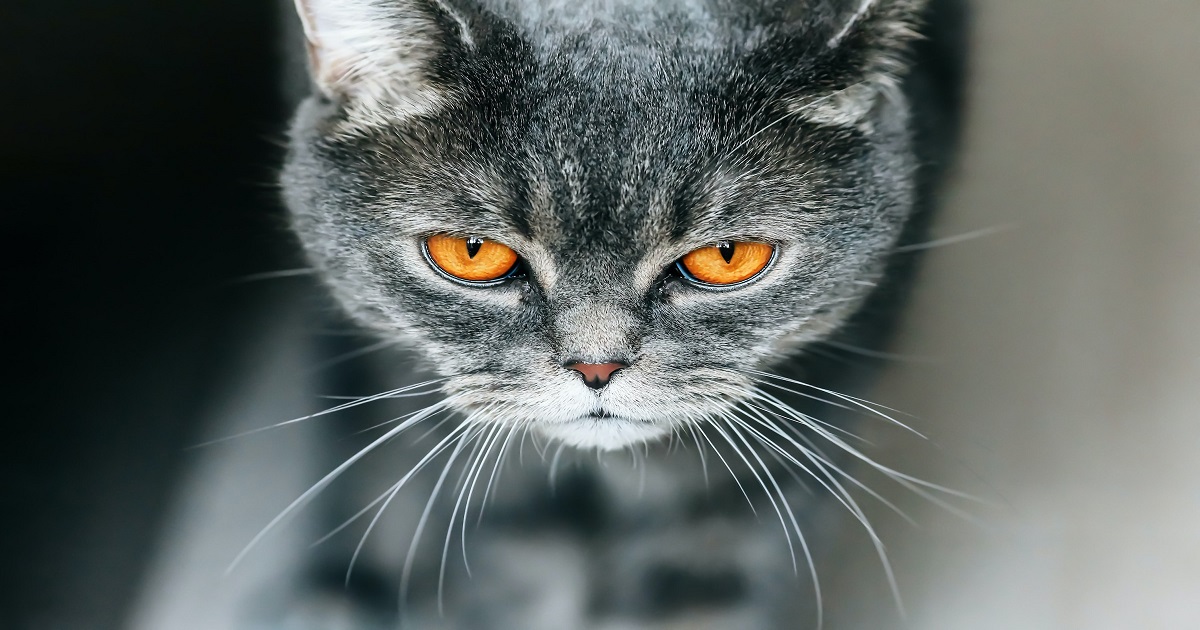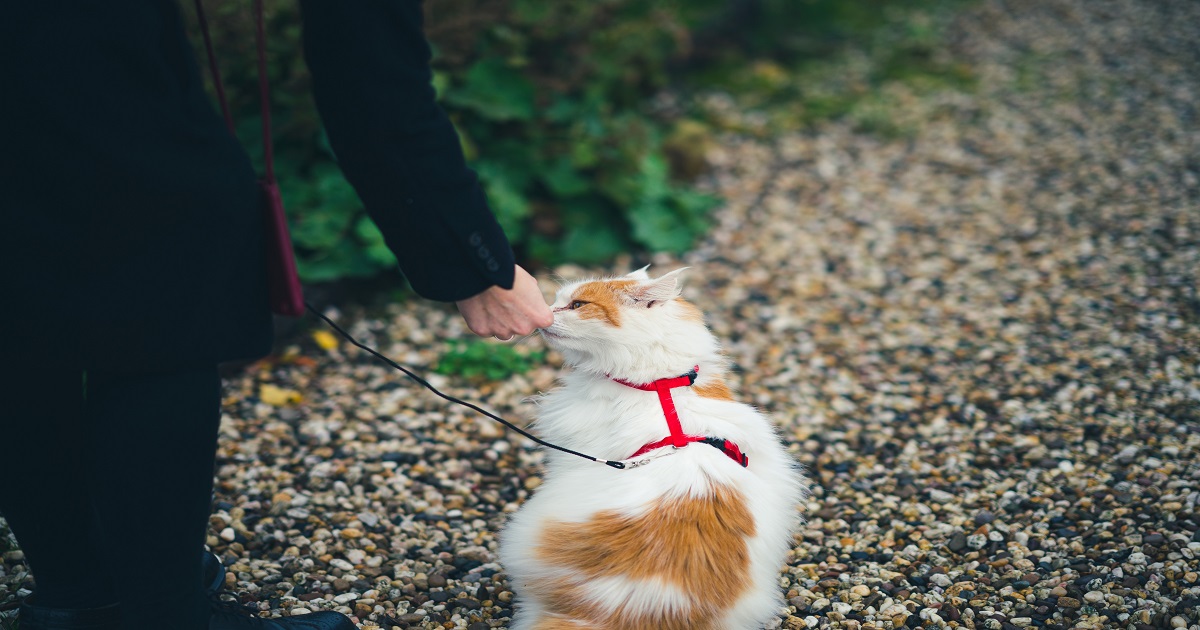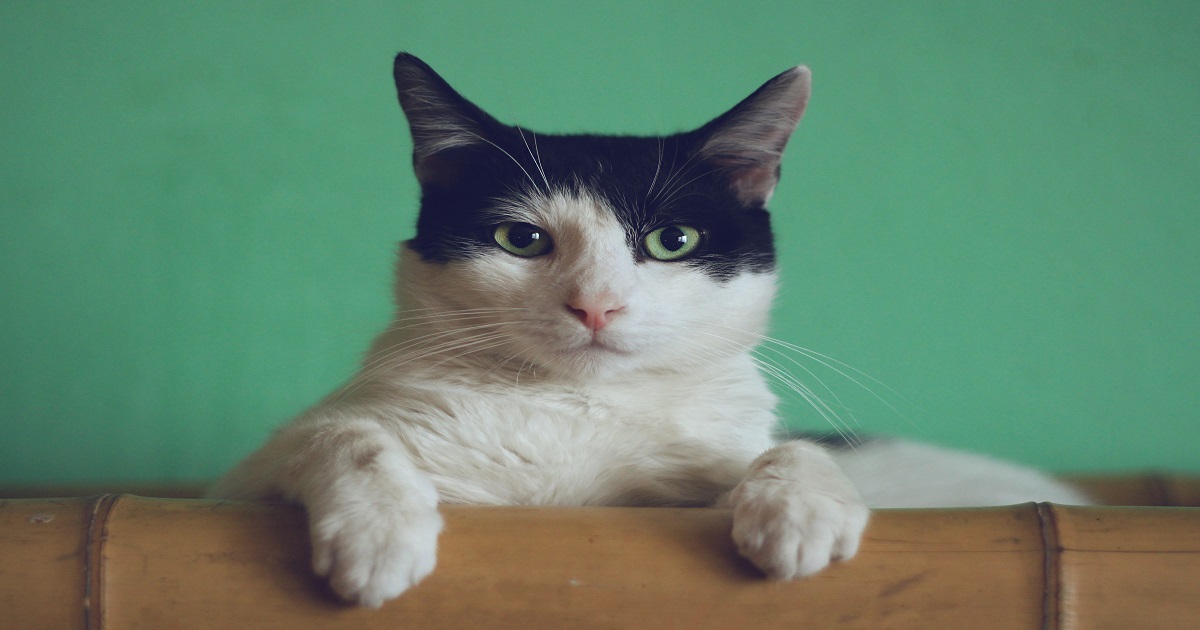Cat owners often wonder what their feline friends are trying to communicate. Cats, unlike dogs, are often viewed as mysterious and inscrutable creatures. However, if you know what to look for, your cat’s body language can provide important insights into their feelings and overall wellbeing. In this article, we’ll delve into the fascinating world of cat communication and help you understand your cat’s body language.
Understanding the Basics of Cat Body Language
Cats communicate through a variety of ways: vocalizations, scent marking, and most importantly, body language. Here are key elements of cat body language that you should be aware of:
Eyes: A cat’s eyes can reveal a lot about their mood. Wide, dilated eyes typically signal fear, surprise, or excitement, while a relaxed, half-closed gaze indicates contentment and trust. Be aware, however, that prolonged direct eye contact might be interpreted as a threat by your cat.
Ears: A cat’s ears are highly expressive. Ears held forward indicate interest or curiosity, while ears that are flattened against the head or turned sideways or backward signal fear, anxiety, or aggression.
Tail: Your cat’s tail is like a mood barometer. A high, straight tail often suggests confidence and happiness. On the other hand, a puffed-up tail or one tucked beneath the body signifies fear or submission. A twitching or thrashing tail can indicate irritation or excitement.
Fur: A cat’s fur can provide additional clues about their emotional state. If your cat’s fur is standing on end (piloerection), this could be a sign of fear or aggression. In contrast, smooth, flat fur generally suggests that a cat is relaxed.
Reading More Advanced Cat Body Language
Aside from these basic cues, other subtle signs can indicate your cat’s mood and health:
Posture: A relaxed cat might lay on its side or sprawl out on its back, while a frightened or anxious cat may crouch low to the ground, seeming to make itself smaller.
Pupil Dilation: Dilated pupils can reflect strong emotions such as fear, excitement, or aggression. However, if your cat’s pupils remain dilated in bright light or for an extended period, this could indicate stress or pain.
Whiskers: Relaxed whiskers that stick out sideways indicate a calm cat, while whiskers pulled back against the face may signal fear or aggression.
Belly Exposure: Cats expose their belly when they feel safe and secure. However, it’s crucial to remember that not all cats appreciate belly rubs. In cat language, belly exposure is more about trust than an invitation for a tummy tickle.
Kneading: This comforting behavior often starts when kittens knead their mother’s belly to stimulate milk flow. Adult cats continue this behavior when they’re content, usually accompanied by purring.
Slow Blinking: Slow blinking from your cat, often known as “kitty kisses,” is a sure sign of affection and trust.
Chattering or Chirping: Cats often exhibit these unique behaviors when they spot a bird or squirrel, indicating frustration or excitement.
Why Understanding Cat Body Language Matters
Interpreting your cat’s body language fosters a deeper bond between you and your pet by enhancing your understanding of their needs and emotions. It allows you to recognize when they’re comfortable and content or anxious and scared. Importantly, changes in body language can be the first sign of health issues, enabling early detection and treatment.
Remember, each cat is unique, so it’s important to spend time observing your cat to understand their individual behaviors and communication patterns. If you notice any drastic changes in your cat’s body language, always consult a professional. Your vet can provide further advice or conduct a health check to rule out any underlying health issues.
In the world of cats, body language is key. By decoding the subtle language of their eyes, ears, tail, and fur, you can unlock the secrets to your feline friend’s emotions, fostering a stronger, more fulfilling relationship with your furry companion.

